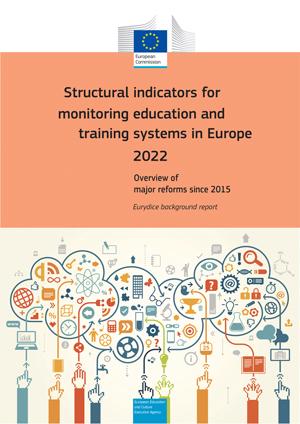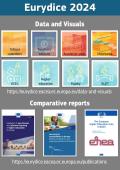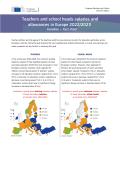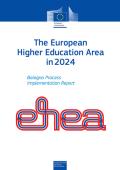Structural indicators for monitoring education and training systems in Europe - 2022
This year’s edition analyses more than 20 key structural indicators on education policies in early childhood education and care, achievement in basic skills, early leaving from education and training and higher education. It provides a short overview of major reforms since the 2014/15 school/academic year in these policy areas.
The report includes for the first time a brand new set of digital skills indicators, highlighting key policies that support the development of digital competence at school in Europe. The selection of indicators is based on the strategic priorities outlined in the European Commission’s 2021–2027 Digital Education Action Plan.
The 2022 update of the structural indicators covers all EU Member States, as well as Albania (only for digital competence), Bosnia and Herzegovina, Iceland, Liechtenstein, Montenegro, North Macedonia, Norway, Serbia and Türkiye.





